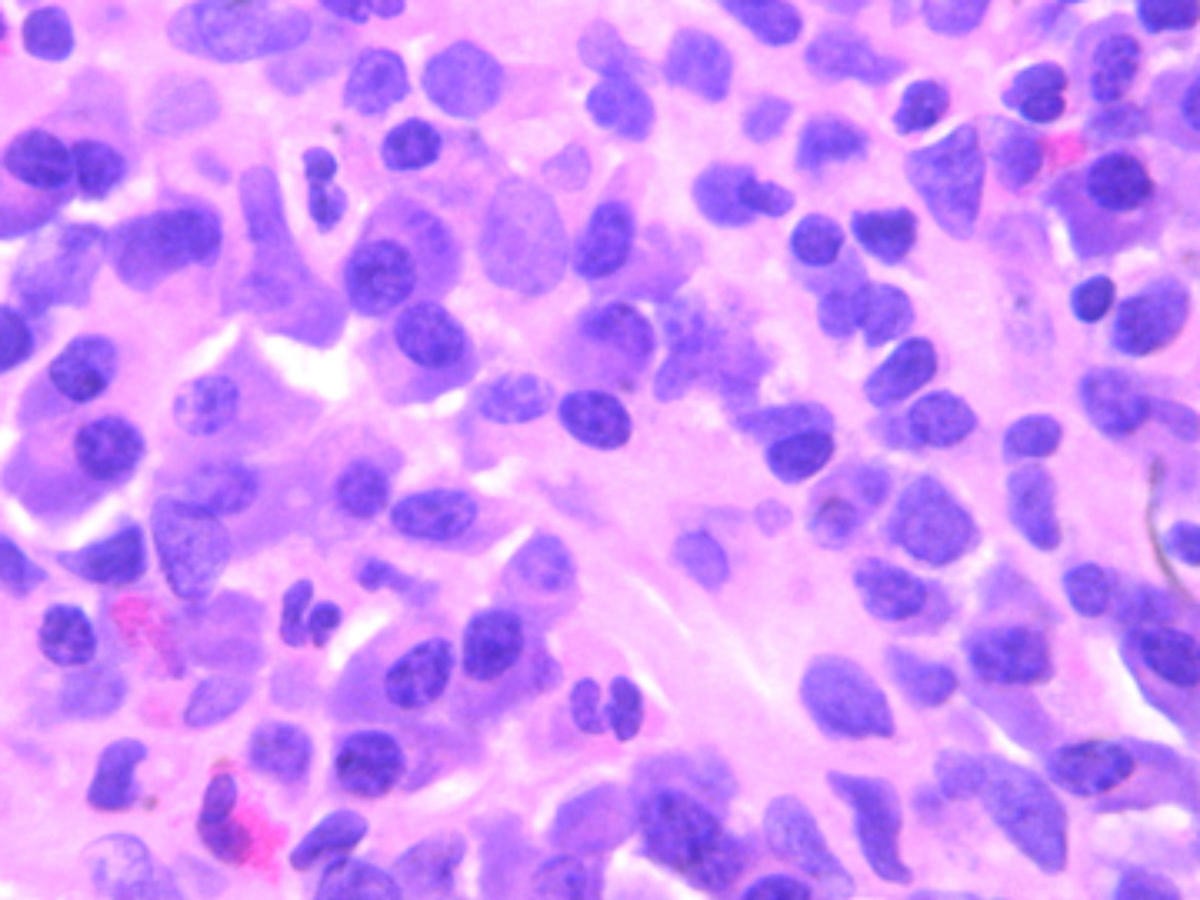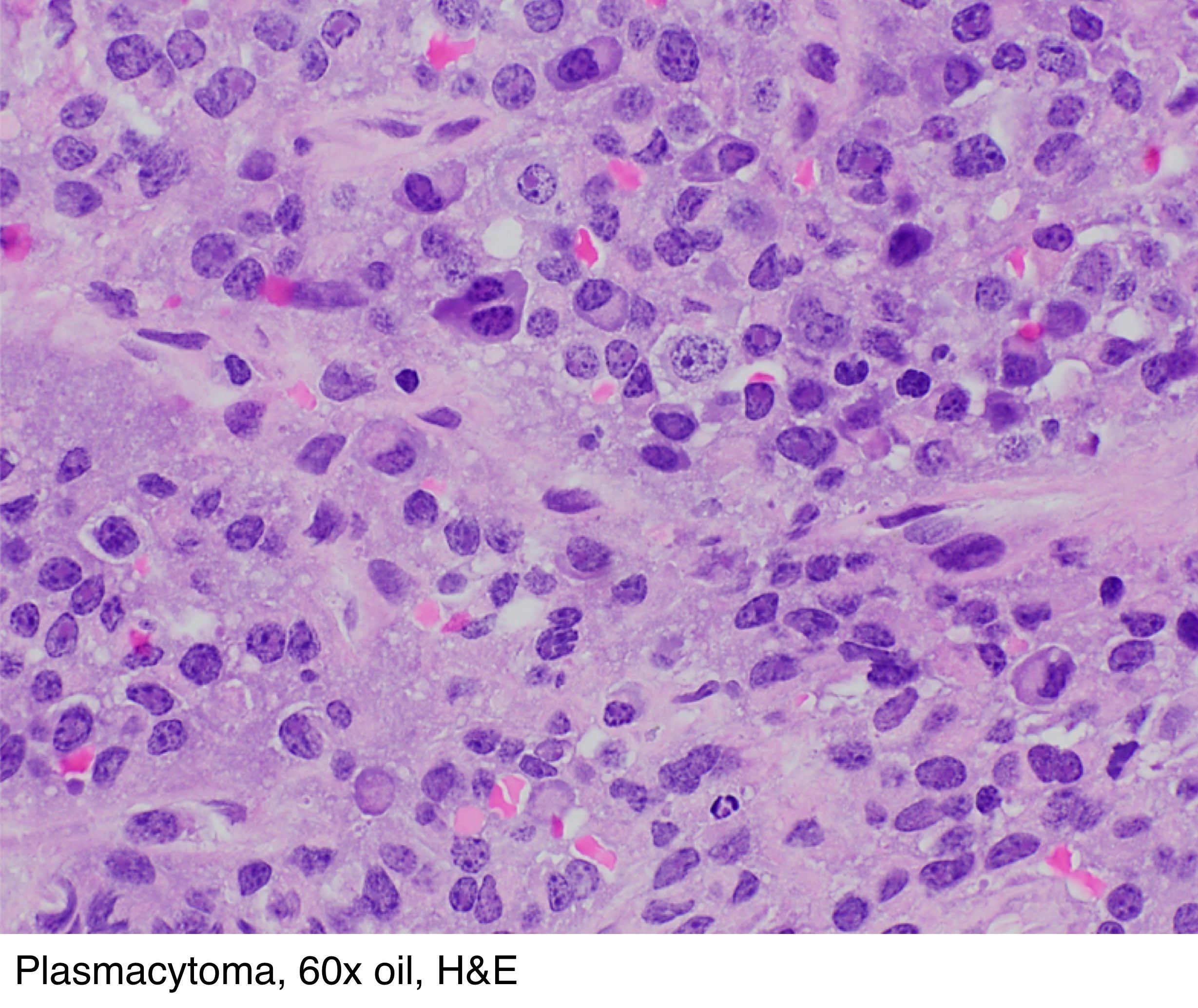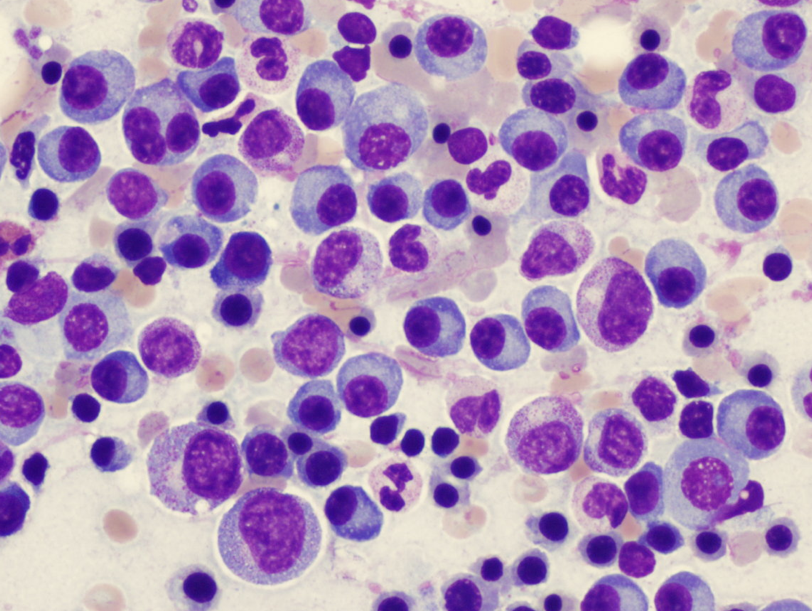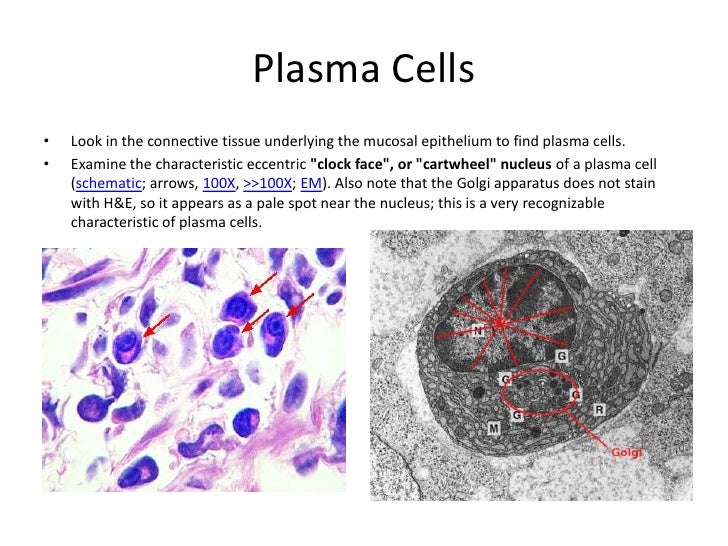
Figure 17 from Plasma cell morphology in multiple myeloma and related disorders. Semantic Scholar
Clock-Face Chromatin Pattern: Within the nucleus, the chromatin forms clumps or patches, resembling a clock-face arrangement. This pattern is a characteristic feature of plasma cells and distinguishes them from other immune cell types. Localization of Plasma Cells: Plasma cells are found in various anatomical locations within the body, including:
Plasma cells 1.
An accumulation of plasma cells demonstrates two diagnostic features that help identify plasma cells. Heterochromatin frequently clumps around the periphery of the nucleus, forming a "clock face" appearance. Additionally, a pale-staining region in the cytoplasm adjacent to the nucleus indicates the position of the large Golgi apparatus.

Sorting strategy of plasma cells representative flow cytometry plots... Download Scientific
The plasma cell clock-face or cart-wheel nuclear pattern as seen in 2D sections/projections from almost any angle can be explained by the multiradial arrangement of peripherally placed clump units.

Pathology of Multiple Myeloma Pathology Made Simple
Structure Plasma cells with Dutcher and Russell bodies (H&E stain, 100×, oil). Plasma cells are large lymphocytes with abundant cytoplasm and a characteristic appearance on light microscopy.They have basophilic cytoplasm and an eccentric nucleus with heterochromatin in a characteristic cartwheel or clock face arrangement. Their cytoplasm also contains a pale zone that on electron microscopy.

Cells decide when to divide based on their internal clocks EurekAlert! Science News
Plasma cells have distinctive features that are clearly seen in this electron micrograph: a prominent Golgi; well developed rough endoplasmic reticulum; and a nucleus with large clumps of heterochromatin at the margin of the nucleus (clock-face nucleus). Compare these features with the high magnification light microscopic inset. Plasma cells.

An unusual presentation of Castleman's Diseasea case report BMC Infectious Diseases Full Text
Mott cells are plasma cells that have spherical inclusions packed in their cytoplasm. The term 'Mott cell' is named after a surgeon, F. W. Mott, who identified these cells in the brains of monkeys with trypanosomiasis (1901). He termed it morular cell (from the Latin morus, mulberry) and recognized these cells to be plasma cells and.

Pathology Outlines Plasmacytoma
Plasma cells are 14 to 20 microns in diameter and are characterized by a strongly basophilic cytoplasm. Electron microscopy reveals an eccentrically-located nucleus that has a well-developed nucleolus and variable amounts of condensed chromatin. Chromatin associated with the nuclear membrane gives the nuclei the appearance of a clock-face or.

Red blood cells Wall Clock by sciencephotos
Multiple Myeloma is neoplastic proliferation of plasma cells that commonly results in multiple skeletal lesions, hypercalcemia, renal insufficiency, and anemia. Patients typically present at ages > 40 with localized bone pain or a pathologic fracture. Diagnosis is made with a bone marrow biopsy showing monoclonal plasma cells ≥10%.

Figure 17 from Plasma cell morphology in multiple myeloma and related disorders. Semantic Scholar
However, the nuclei of these plasma cells are eccentric with a morphology typical of plasma cells (coarse chromatin, arranged in a clock face pattern). Immunophenotyping of these cases is very helpful as plasma cells in this variant are positive for CD138, in contrast to histiocytes in crystal storing histiocytosis which are positive for.

Electron Micrograph
Definition / general. Usually less than 1% of marrow cells; rare in infants. Often perivascular and in particle crush specimens. Indeterminate lifespan ranging from days to months. Produces and secretes antibodies. Plasmablast: precursor to plasma cell, produces more antibodies than B cells but less than mature plasma cells.

Figure 14 from Plasma cell morphology in multiple myeloma and related disorders. Semantic Scholar
H&E 10X magnification. Top Right: Plasma cells with prominent pale perinuclear area in the cytoplasm corresponding to the Golgi apparatus. H&E 20X magnification. Bottom Left: A round, eccentrically placed nucleus with coarse chromatin arranged in clock face pattern is characteristic of plasma cells. H&E 100X magnification under oil immersion.

Multiple Myeloma Stepwards
The first round of anti-CD20 depletion was performed at 1.5 years after vaccination and when tetanus-specific memory B cell frequencies were determined at 1.7 years (2.5 months after depletion.

Plasmablastic lymphoma cells with a plasmacytoid appearence with a... Download Scientific Diagram
Plasma cells: Clock face nuclei, paranuclear clearing. Characteristic of chronic inflammation near mucous membranes and often seen around invasive tumours. Lymphocytes and histiocytes: The predominant cell type in most inflammatory skin diseases. Histiocytes are macrophages, and may be seen to have engulfed debris.

The plasma cell clockface or cartwheel nuclear pattern as seen in 2D... Download Scientific
Ovoid intermediate-small cell size ~ 12 micrometers: Cells slightly larger than red blood cells and neutrophils. Eccentric nucleus. Nucleus usu. hugs the cell membrane. "Clock-face" chromatin pattern. Small dots symmetrically rim the nuclear membrane - like the numbers on a clock. Abundant cytoplasm. Nucleus-to-cytoplasm ratio ~1:2.

Samantha blum histo study guide 2
Download scientific diagram | Plasma cells are identified by their eccentric, clock-face nucleus and pale perinuclear cytoplasmic crescent. Staining by hematoxylin-eosin stain (magnification 400×.

Cell structure Wall Clock by Admin_CP66866535
The nucleus of the plasma cell is spherical and usually eccentrically positioned. It contains large clumps of peripheral heterochromatin interspersed with clear areas of euchromatin, giving it a characteristic cartwheel or an analog clock face appearance.